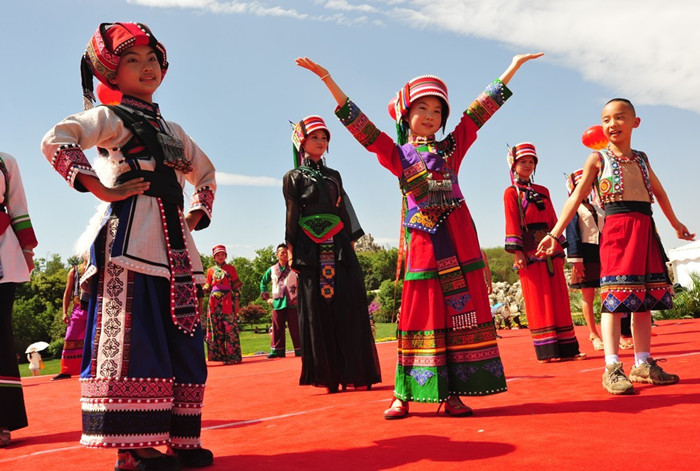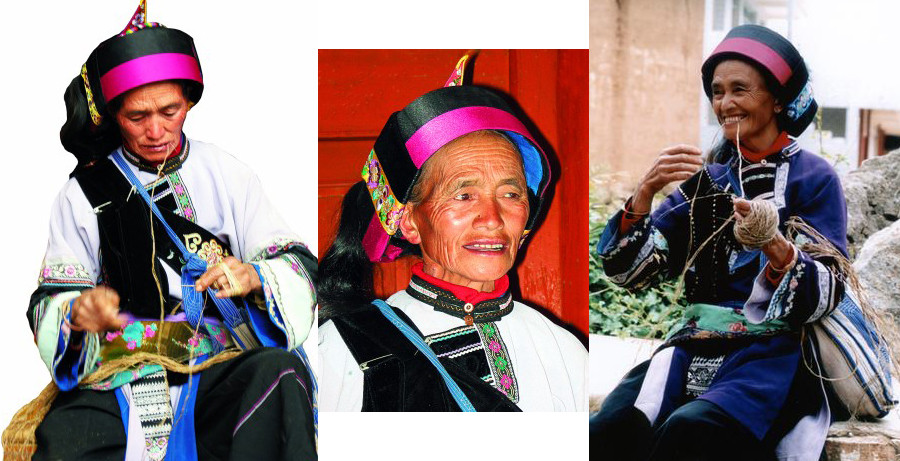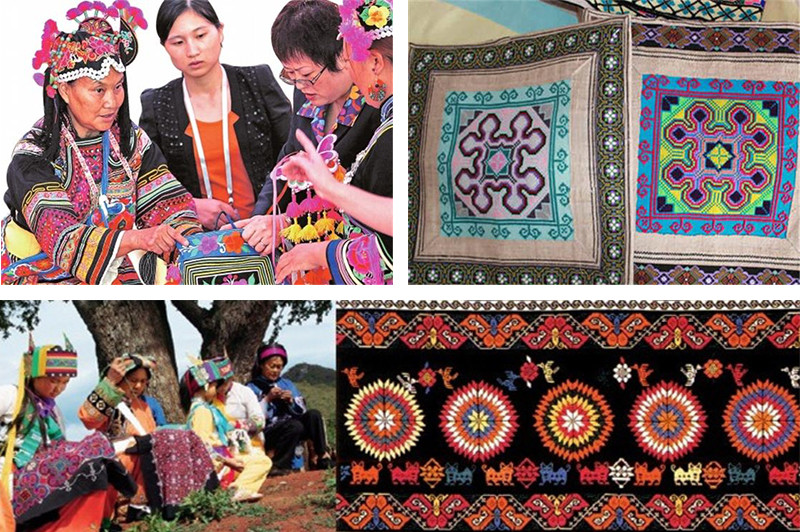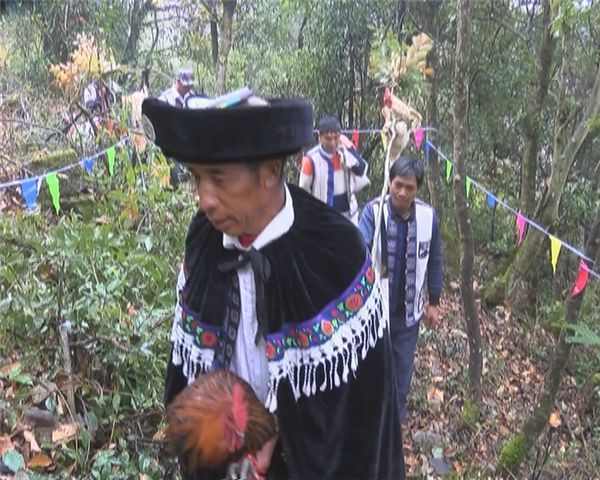 alt="Dali Erhai Lake Ecological Corridor from Xiaguan to Taoyuan"
/>
alt="Dali Erhai Lake Ecological Corridor from Xiaguan to Taoyuan"
/>
Sani Ethnic People
Sani People call themselves “Ni”, meaning happy people. They are diligent, brave and good at singing and dancing. As a branch of Yi, Sani People enjoy some common cultural features such as similar character, religion and customs with the other branches of Yi. But the Sani have their own unique customs, language, and ethnic identity that differentiate them from other Yi people groups. Their ancestors admired tigers and regarded tigers as their totem. But besides tigers, the totems of Sani also include spiders. It has a population of about 100,000.
Distribution of Sani Ethnic People
The Sani people live in central and eastern Yunnan province in southern China. Around 80,000 of the Sani live in Shilin county near the famous Stone Forest. There are approximately 200 Sani villiages in Shilin county. The rest of the Sani people live in nearby Mile, Yiliang, Luliang, Qiubei, and Luxi counties.
Cultural Heritages of Sani Ethnic Minority
Intangible Cultural Heritages of Sani in Yunnan
Embroidery of Azhuodi of Sani People in Shilin County, Kunming The Epopee “Ashima” of Yi(Hani) in Shilin County, Kunming
Inheritors of Sani’s Intangible Cultural Heritages
Wang Yufang – The Epopee “Ashima” Bi Fenglin – Sani Bimo Culture Bi Huayu – “Bi Mo” Priest
Festivals of Sani Ethnic Minority
Mizhi Festival in Luxi County, Honghe Mizhi Festival in Shilin County, Kunming

 7 Days GolfingTour
7 Days GolfingTour
 8 Days Group Tour
8 Days Group Tour
 8 Days Yunnan Tour
8 Days Yunnan Tour
 7 Days Shangri La Hiking
7 Days Shangri La Hiking
 11 Days Yunnan Tour
11 Days Yunnan Tour
 6 Days Yuanyang Terraces
6 Days Yuanyang Terraces
 11 Days Yunnan Tour
11 Days Yunnan Tour
 8 Days South Yunnan
8 Days South Yunnan
 7 Days Tea Tour
7 Days Tea Tour
 8 Days Muslim Tour
8 Days Muslim Tour
 12 Days Self-Driving
12 Days Self-Driving
 4 Days Haba Climbing
4 Days Haba Climbing
 Tiger Leaping Gorge
Tiger Leaping Gorge
 Stone Forest
Stone Forest
 Yunnan-Tibet
Yunnan-Tibet
 Hani Rice Terraces
Hani Rice Terraces
 Kunming
Kunming
 Lijiang
Lijiang
 Shangri-la
Shangri-la
 Dali
Dali
 XishuangBanna
XishuangBanna
 Honghe
Honghe
 Kunming
Kunming
 Lijiang
Lijiang
 Shangri-la
Shangri-la
 Yuanyang Rice Terraces
Yuanyang Rice Terraces
 Nujiang
Nujiang
 XishuangBanna
XishuangBanna
 Spring City Golf
Spring City Golf
 Snow Mountain Golf
Snow Mountain Golf
 Stone Mountain Golf
Stone Mountain Golf








 What Our Customers Say?
What Our Customers Say?
